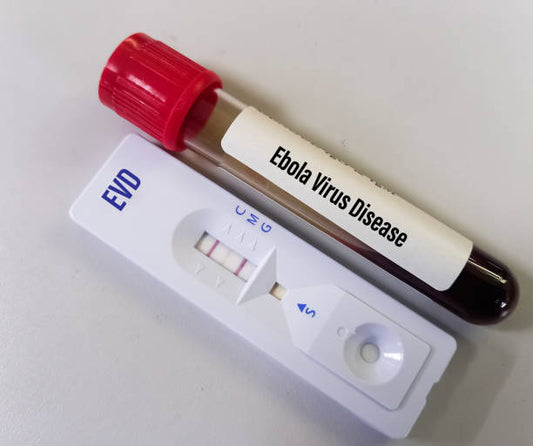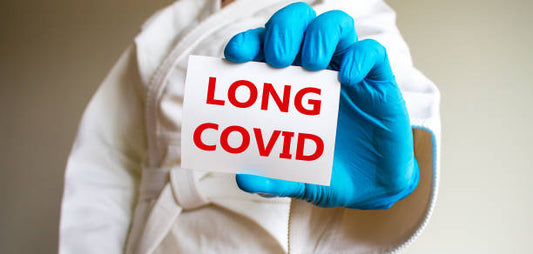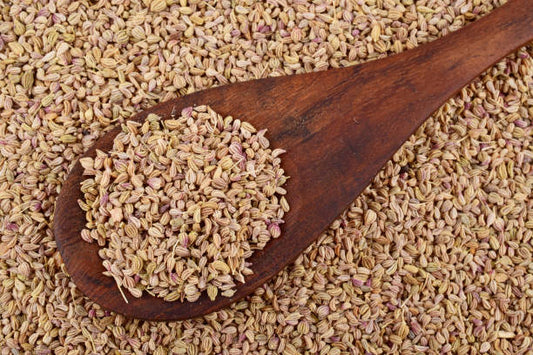Acetaminophen; Hydrocodone is a combination medication used to relieve moderate to severe pain. It contains two active ingredients: acetaminophen, a pain reliever and fever reducer, and hydrocodone, an opioid analgesic.
(इसका उपयोग मध्यम से गंभीर दर्द के इलाज के लिए किया जाता है )
Uses of Acetaminophen; Hydrocodone:
This combination is primarily used to manage pain that requires opioid treatment. It is commonly prescribed for acute or chronic pain conditions where other non-opioid pain medications may be insufficient.
How Acetaminophen; Hydrocodone Works:
- Acetaminophen: Acts as a pain reliever and reduces fever. Its precise mechanism is not fully understood but is thought to involve the inhibition of prostaglandin synthesis in the brain.
- Hydrocodone: Binds to opioid receptors in the brain and spinal cord, altering the perception of pain and providing pain relief.
Benefits of Acetaminophen; Hydrocodone:
- Effective Pain Management: Provides relief from moderate to severe pain.
- Fever Reduction: Helps reduce fever in addition to relieving pain.
Dosage and Administration:
- Dosage varies based on the severity of pain, individual response, and other factors.
- It is usually taken orally, with or without food.
- Follow the prescribed dosage and instructions provided by healthcare professionals.
Side Effects of Acetaminophen; Hydrocodone:
While generally effective, Acetaminophen; Hydrocodone may cause side effects, including:
- Common effects: Drowsiness, constipation, and nausea.
- Less common effects: Allergic reactions, respiratory depression, and liver toxicity.
- Report any severe or persistent side effects to a healthcare professional.
Precautions:
- Inform healthcare providers about existing medical conditions or medications.
- Avoid alcohol consumption while taking this medication.
- Pregnant or breastfeeding women should discuss risks and benefits with their healthcare provider.
Interactions:
- Acetaminophen; Hydrocodone may interact with certain medications, including other opioids, sedatives, and certain antidepressants.
Warnings:
- Misuse or overdose may lead to serious respiratory depression or death.
- Caution advised in individuals with a history of substance abuse or respiratory disorders.
It's important to note that this information is general, and specific details can vary. Always consult with a healthcare professional for personalized advice before using Acetaminophen; Hydrocodone or any medication.
References:
- Drugs.com - "Acetaminophen and Hydrocodone": www.drugs.com/acetaminophen_hydrocodone.html
- MedlinePlus - "Acetaminophen and Hydrocodone": medlineplus.gov/druginfo/meds/a601006.html
- RxList - "Hydrocodone Bitartrate and Acetaminophen": www.rxlist.com/consumer_hydrocodone_bitartrate_and_acetaminophen_vicodin_norco/drugs-condition.htm
Author: Nikita Vishnoi BCA












